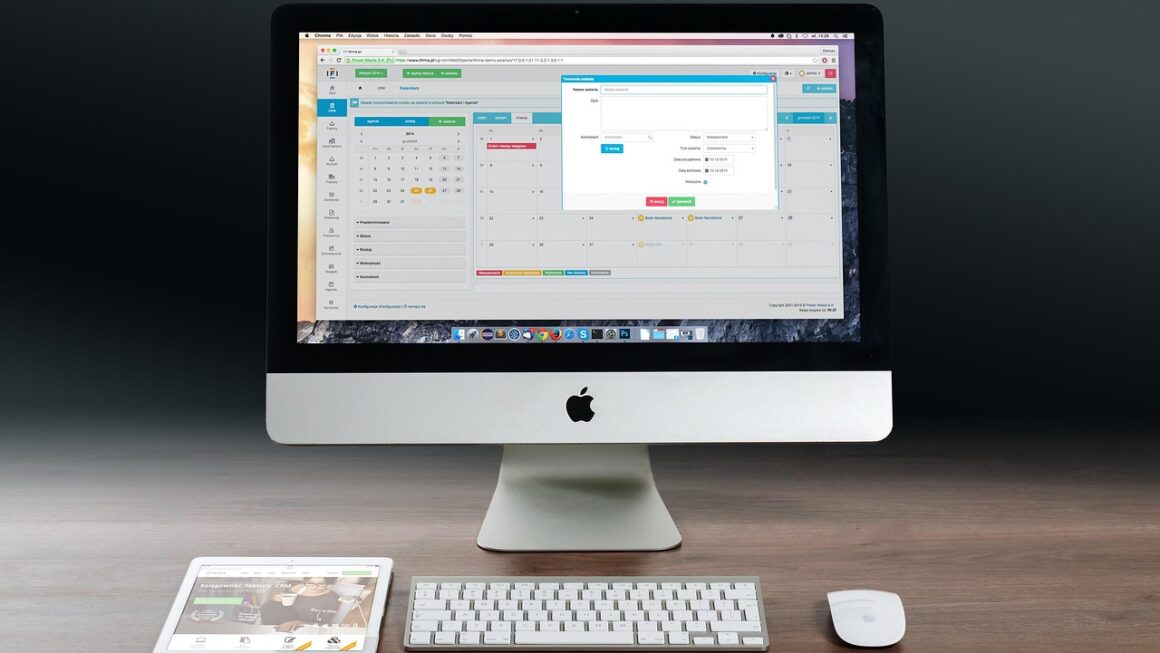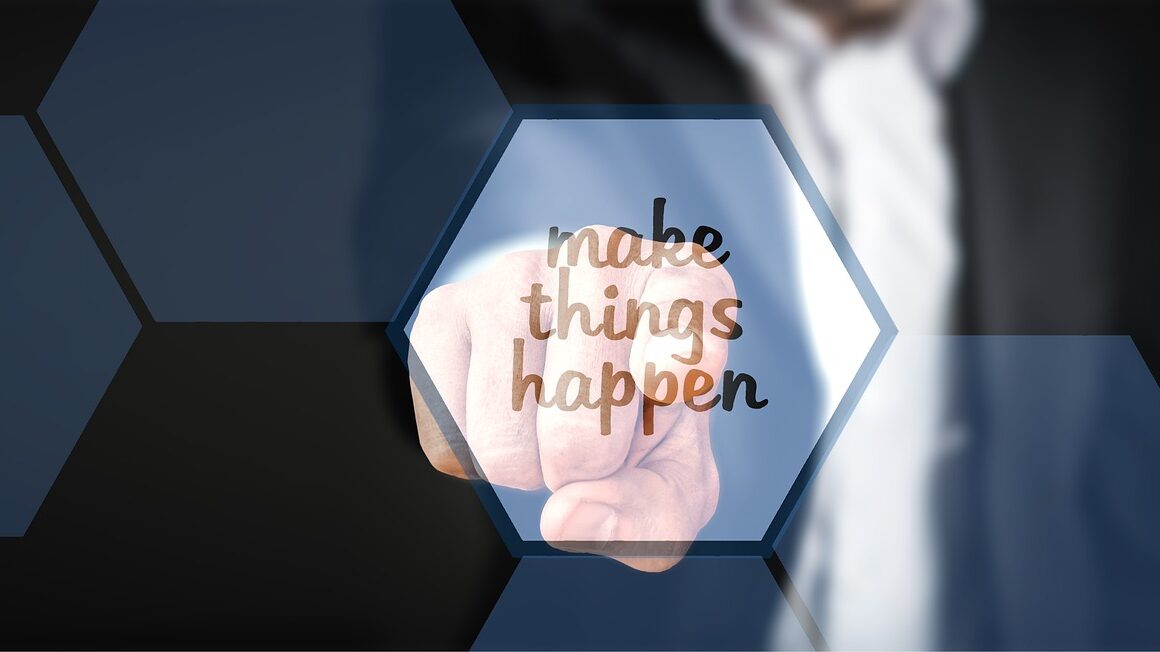Tired of feeling like you’re constantly playing catch-up? In today’s fast-paced world, mastering productivity isn’t just a luxury; it’s a necessity. Whether you’re a student, a busy professional, or an entrepreneur juggling multiple responsibilities, implementing effective productivity hacks can dramatically improve your efficiency and free up time for what truly matters. This guide delves into proven strategies and actionable tips to help you optimize your workflow and achieve your goals with greater ease.
Time Management Techniques
The Pomodoro Technique
The Pomodoro Technique is a time management method that breaks work into intervals, traditionally 25 minutes in length, separated by short breaks. This technique can enhance focus and prevent burnout.
- How it works:
1. Choose a task to be completed.
2. Set a timer for 25 minutes.
3. Work on the task until the timer rings.
4. Take a short break (5 minutes).
5. After every four “pomodoros,” take a longer break (15-30 minutes).
- Benefits:
Improved focus and concentration.
Reduced procrastination.
Enhanced motivation.
Better estimation of task completion time.
- Example: Use the Pomodoro Technique for writing a blog post. Set a 25-minute timer to focus solely on writing the introduction. After the timer rings, take a 5-minute break to stretch or grab a drink. Repeat this cycle for each section of the post.
Time Blocking
Time blocking involves scheduling specific blocks of time for particular tasks or activities. This technique allows you to allocate your time strategically and ensure that important tasks receive adequate attention.
- How it works:
1. Identify your priorities and tasks.
2. Allocate specific time blocks in your calendar for each task.
3. Treat these blocks as appointments and stick to them.
- Benefits:
Increased accountability.
Reduced multitasking.
Improved focus on individual tasks.
Better control over your schedule.
- Example: Block off 9:00 AM to 11:00 AM every morning for focused work on your most important project. Schedule 3:00 PM to 4:00 PM for answering emails and administrative tasks.
The Eisenhower Matrix (Urgent/Important)
The Eisenhower Matrix, also known as the Urgent/Important Matrix, is a decision-making tool that helps you prioritize tasks based on their urgency and importance.
- How it works:
1. Divide your tasks into four quadrants:
Urgent and Important: Do these tasks immediately.
Important but Not Urgent: Schedule these tasks for later.
Urgent but Not Important: Delegate these tasks if possible.
Neither Urgent nor Important: Eliminate these tasks.
- Benefits:
Clearer prioritization of tasks.
Reduced stress and overwhelm.
More effective allocation of time and resources.
Better decision-making.
- Example: Answering a client’s urgent email is both urgent and important. Planning a team-building event is important but not urgent, so schedule it for later.
Optimizing Your Workspace
Decluttering and Organization
A cluttered workspace can lead to distractions and reduced productivity. Organizing your physical and digital environments can significantly improve focus and efficiency. Studies show that a clean workspace can increase productivity by up to 20%.
- Tips:
Clear your desk of unnecessary items.
Organize files and documents in a logical manner.
Use storage containers to keep your workspace tidy.
Implement a paperless system for digital documents.
Clean your workspace regularly.
- Example: Dedicate 15 minutes at the end of each workday to declutter your desk and organize your files.
Ergonomic Setup
An ergonomic workspace can prevent physical discomfort and improve overall well-being, leading to increased productivity.
- Key elements:
Adjustable chair with proper lumbar support.
Monitor positioned at eye level.
Keyboard and mouse placed within easy reach.
Proper lighting to reduce eye strain.
Take regular breaks to stretch and move around.
- Example: Invest in an ergonomic chair that provides adequate back support and adjust it to the correct height for your desk.
Minimize Distractions
Distractions can derail your focus and significantly reduce productivity. Minimizing distractions is crucial for maintaining concentration and achieving your goals. Research indicates that it can take up to 25 minutes to regain focus after an interruption.
- Strategies:
Turn off notifications on your phone and computer.
Use website blockers to avoid distracting websites.
Inform colleagues or family members of your need for uninterrupted time.
Create a designated workspace free from noise and interruptions.
Use noise-canceling headphones.
- Example: Use a website blocker like Freedom or StayFocusd to block social media sites and other distracting websites during work hours.
Task Management Tools and Techniques
To-Do List Apps
Utilizing to-do list apps can help you organize tasks, set deadlines, and track progress. These apps offer features such as task prioritization, reminders, and collaboration tools.
- Popular options:
Todoist
Trello
Asana
Microsoft To Do
- Example: Use Todoist to create a list of tasks for the day, prioritize them based on importance, and set reminders for each task.
Project Management Software
For larger projects or collaborative efforts, project management software can streamline workflows, track progress, and facilitate communication.
- Benefits:
Centralized task management.
Real-time collaboration.
Progress tracking and reporting.
Resource allocation.
- Popular options:
Asana
Monday.com
ClickUp
Jira
- Example: Use Asana to manage a marketing campaign by creating tasks for each team member, setting deadlines, and tracking progress.
Batching Similar Tasks
Batching similar tasks together can reduce context switching and improve efficiency. By focusing on one type of task at a time, you can minimize mental fatigue and streamline your workflow.
- Benefits:
Reduced mental fatigue.
Improved focus.
Increased efficiency.
Better quality of work.
- Example: Dedicate a specific time slot each day to answering emails. Instead of checking your email constantly throughout the day, batch all your email-related tasks into one block of time.
Automating Repetitive Tasks
Using Automation Tools
Automation tools can streamline repetitive tasks, freeing up time for more important and strategic activities.
- Examples:
Zapier: Connects different apps and automates workflows between them.
IFTTT (If This Then That): Creates simple applets to automate tasks based on triggers.
Mailchimp: Automates email marketing campaigns.
- Example: Use Zapier to automatically save attachments from your email to a specific folder in your cloud storage.
Keyboard Shortcuts
Mastering keyboard shortcuts can significantly speed up your workflow and reduce the time spent navigating software applications.
- Benefits:
Increased efficiency.
Reduced mouse usage.
Faster task completion.
- Common shortcuts:
Ctrl + C (Copy)
Ctrl + V (Paste)
Ctrl + Z (Undo)
Ctrl + S (Save)
Ctrl + F (Find)
- Example: Learn the keyboard shortcuts for your most frequently used applications, such as Microsoft Word, Google Chrome, or your email client.
Templates and Pre-written Responses
Creating templates for common documents and pre-written responses for frequently asked questions can save time and ensure consistency.
- Benefits:
Reduced time spent on repetitive writing.
Improved consistency.
Enhanced efficiency.
- Example: Create templates for frequently used email replies, such as responses to customer inquiries or project status updates.
Self-Care and Well-being
Prioritizing Sleep
Adequate sleep is essential for cognitive function, focus, and productivity. Lack of sleep can impair your ability to concentrate, make decisions, and solve problems. Studies show that sleep deprivation can reduce productivity by as much as 20%.
- Tips:
Establish a regular sleep schedule.
Create a relaxing bedtime routine.
Avoid caffeine and alcohol before bed.
Ensure your bedroom is dark, quiet, and cool.
- Example: Aim for 7-8 hours of sleep per night to optimize your cognitive function and productivity.
Taking Regular Breaks
Taking regular breaks can prevent burnout, improve focus, and enhance overall well-being.
- Strategies:
Stand up and stretch every 30 minutes.
Take a short walk during your lunch break.
Practice mindfulness or meditation.
Engage in a hobby or activity you enjoy.
- Example: Set a timer to remind yourself to take a 5-minute break every hour to stretch, walk around, or do a quick mindfulness exercise.
Practicing Mindfulness
Mindfulness can reduce stress, improve focus, and enhance overall well-being.
- Techniques:
Meditation
Deep breathing exercises
Mindful walking
Yoga
- Benefits:
Reduced stress and anxiety.
Improved focus and concentration.
Enhanced emotional regulation.
- Example: Practice a 10-minute mindfulness meditation each morning to start your day with a clear and focused mind.
Conclusion
Implementing these productivity hacks can transform the way you work and live. By prioritizing time management, optimizing your workspace, leveraging task management tools, automating repetitive tasks, and practicing self-care, you can boost your efficiency, reduce stress, and achieve your goals with greater ease. Remember to experiment with different techniques and find what works best for you. The key to sustained productivity lies in continuous improvement and adaptation. Start incorporating these strategies into your daily routine and unlock your full potential!




